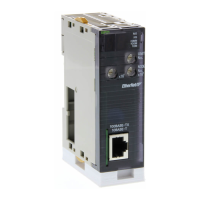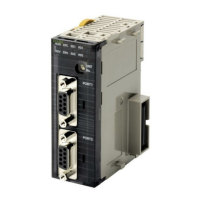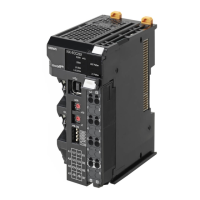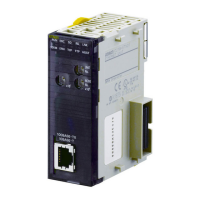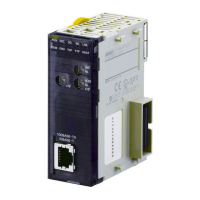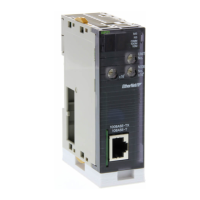15
Fe at ur es Section 1-4
immediately after the send operation is completed. Therefore, if there was a
rapid response from the remote device, for example, the data received
between data sending and the completion of the send operation could not be
accessed as receive data by the next receive operation.
Support for the full-duplex transmissions enables all the data received in a
sequence to be accessed. Data can also be received from a remote device
while sending.
Note Full-duplex transmissions can be used with either RS-232C or RS-422A/485
as long as 1:1, 4-wire connections are used. Full-duplex transmissions cannot
be used with 1:N connections or 2-wire connections.
Clear Reception Buffer at
Any Time
With full-duplex mode, the reception buffer is cleared only immediately before
a communications sequence is executed. When a reception or other fault
occurs, the receive data can be cleared at any time using the reception buffer
clear (FLUSH) command.
Control ER Signal at Any
Time
With a connection to a modem, the ER signal is used to show the communica-
tions enabled status of a Serial Communications Board or Unit (Data Terminal
Equipment (DTE)). In conventional operations, the ER signal could be turned
ON only while a communications sequence was being executed.
Improving this function has enabled the ER signal to be turned ON or OFF at
any time during a communications sequence. This enables modem connec-
tions and disconnections to be performed by a protocol macro.
The ER signal can also be kept ON, even after a communications sequence
has been completed. In this case, the ER signal remains ON, even after it has
been switched to a different serial communications mode (for example, Host
Link). This function enables remote programming and monitoring to be per-
formed using remote Programming Devices, by switching to the Host Link
mode with the STUP(237) instruction once the connection has been made
with the modem.

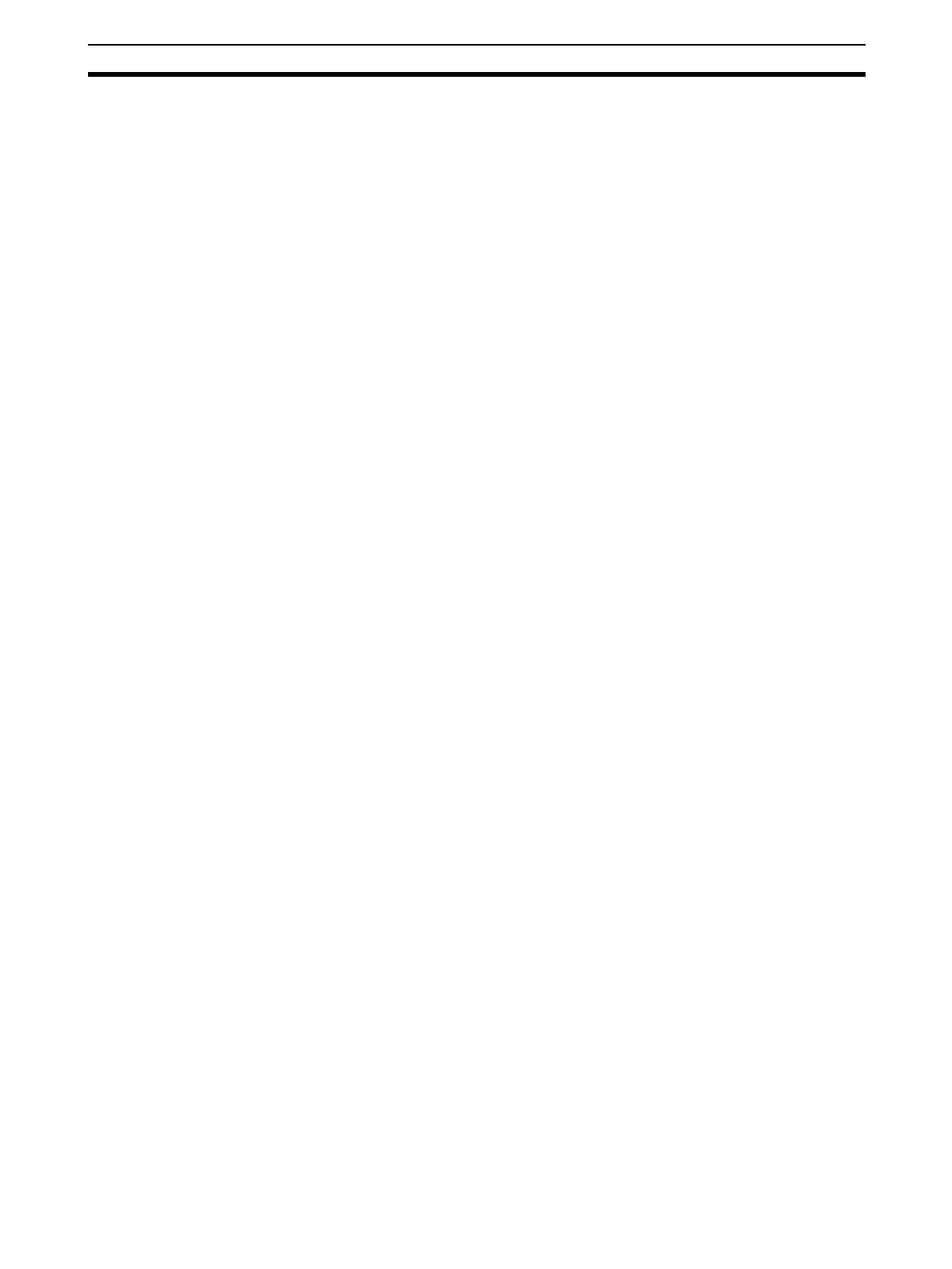